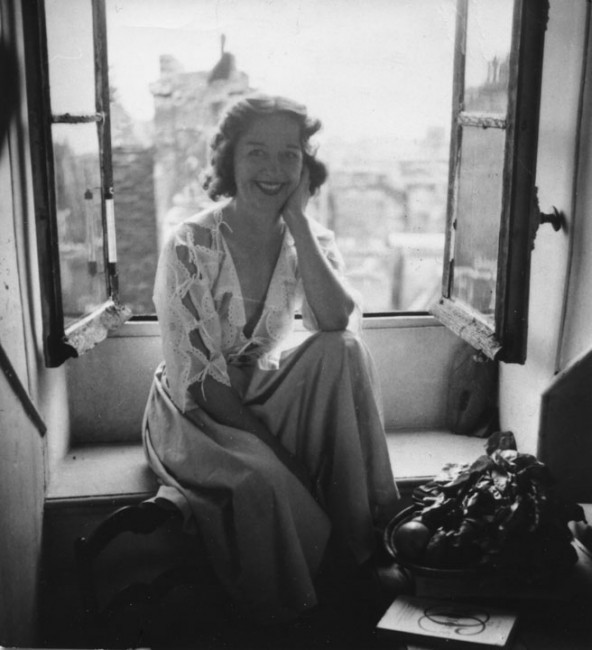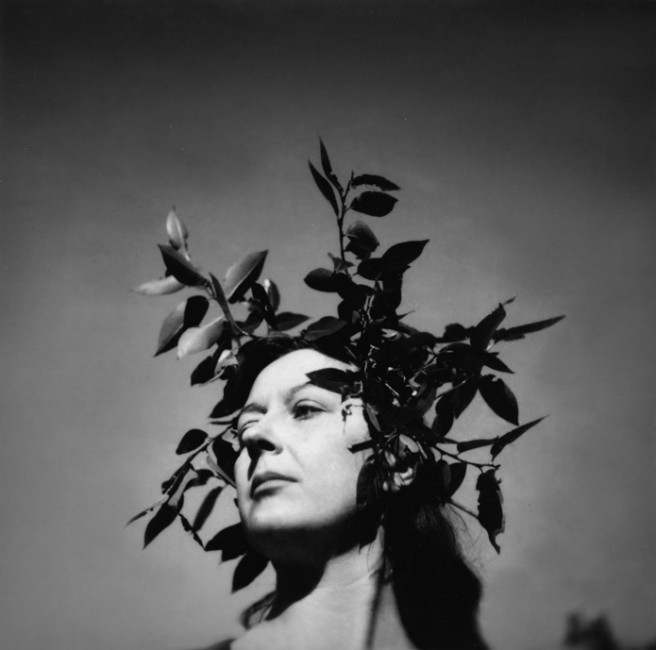After Sedona
After moving to Europe they divided their time between Paris and a studio in Huismes, Italy. Dorothea continues to work on films and starts working on plays creating the costumes for places like the Théâtre de France. In 1964, they move their Italian studio from Huismes to Seillans, after Dorthea battled an almost year-long bout with sciatica, which damaged her ability to create art. But in 1967 she finds a new project to occupy her time, building a house in Seillans, she spends three years, drawing plans, writing letters, bringing wine to the workers, arranging Moorish tiles, and more. They finally move into their new house, but they continue to split their time between Italy and France, later the early 1970s are filled with creating and Dorothea spends most of her time in the studio, until 1975 when max at the age of 84 suffers a stroke. They spend the last year of Max’s life in their apartment in Paris, Max dies a day before his birthday in 1976, Dorothea is devastated. She uses the next year to throw herself into her art and after an exhibition in New York, she comes back home to the U.S. By 81’ she is settled into an apartment and by 83’ she has another exhibition set up in New York, in 1986 Tanning publishes a short memoir, Birthday, at Lapis Press in San Francisco. The following is the author's note included in the book, explaining her motivation for writing the book, mainly that almost ten years later she felt the need to write a tribute to her late husband.
"The following sample of ruminations, souvenirs, antidotes, conversations, flights, captures, voices, and futile opinions have been written down to provide a view of an American artist who for nearly half her life was an international one by reason of living abroad. That such a pattern of space and time is decisive in shaping late thoughts is indisputable. That it shapes the artist inner vision and fundamental worth is of course absurd. Such a view can only apply to thirsty talents ever ready to soak up the color inks of their peers no matter where they may find them. The other reason for my book is Max Ernst. An obsessive desire to talk of this very great man, to evoke our shared thirty-four years, to bring him into focus, to brush aside for a little the enigma that he is presented to most people, in short, to make him available and alive as I knew him to be. This, and the firm belief that only I can provide certain fundamental truths about us, have kept me happy in the telling of them."
Tanning, Dorothea. Birthday. Santa Monica [Calif.]: Lapis Press, 1986.
The next four years are filled with exhibitions and a summer spent in Key West in the 1990s to help her escape the harsh New York weather. She spends the rest of the early 1990s bouncing around Europe, mainly in London, and in 1994 Dorothea Tanning establishes the Wallace Stevens Award for mastery in the art of poetry, awarded annually by the American Academy of Poets. The rest of the 1990s is spent at exhibits and galleries until 2001 when her extended autobiography, Between Lives: An Artist and Her World, is published. In 2004 she published two more books this time one is a book of poetry and the other a small novel, she goes on to write poetry until around 2011 when she publishes her final book. She spends her last year in New York City before she passes at 101 years old.
"Meanwhile, minutes fly by like pollen. A dry gust from the window cups me like a seed and I take root, far away, in some dreamy constellation, until the first gray of four a.m. brings me home. Finally morning, and then afternoon. They are both undeniably seductive: green light strikes through the grape ivy and the euphoria in the window, to prove there is still a green world, the one we have forgotten and will surely find again; and, of course, there is the promise. Just that: the promise. By evening the pall has lifted. Everything waits, radiant. Life is okay."
Tanning, Dorothea. Between Lives: An Artist and Her World. 1st ed. New York; London: W.W. Norton, 2001. pg. 363

